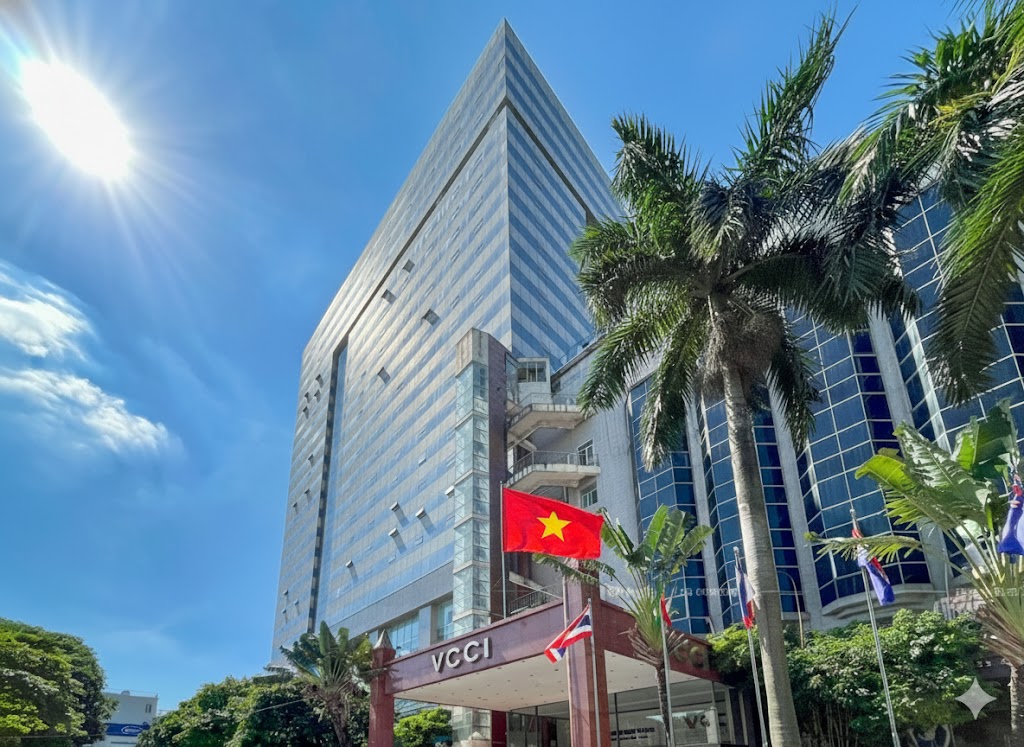What will drive the Vietnam rubber industry?
Rubber prices rose sharply in 9M24 due to a supply constraint and excessive demand.

Increasing rubber prices
Rubber prices have skyrocketed since January 2024 owing to El Niño-induced harsh weather conditions in Southeast Asia's primary producing locations. These have resulted in little rainfall, consequently limit ing rubber output. Although the weather has improved recently, Typhoon Yagi in September made rubber tapping difficult, delaying the projected rise in supplies during the peak harvest season and leading rubber prices to reach their highest point this year.
In 9M24, the rise in rubber prices boosted Vietnam's export pricing. RSS3 rubber prices reached 418 JPY/kg, an 83% year-on-year increase, while TSR20 rubber prices reached 212 USD/kg, a 55% increase. In September, Vietnam's export rubber price was 1,697 USD/ton, up 30% year on year, and 1,588 USD/ton, up 19% year on year in September 24. As a result, Vietnam's rubber exports climbed by 12% year on year, despite a 6% decline in volume. MBS expects Vietnam's rubber export prices to continue high until the end of 2024 owing to (1) a supply deficit (2) increased demand as China implements several programs to promote its economy (3) decreased rubber acreage.
Rubber prices in uptrend
Regarding supplies, the Association of Natural Rubber Producing Countries (ANRPC) revised its projection for a natural rubber supply deficit this year, warning that the situation might endure until 2028. It also reduced its forecast for natural rubber supply in 2024 from 14.54 million tons to 14.50 million tons due to the impact of (1) unfavorable weather conditions during the transition from El Nino to La Nina (2) widespread leaf fall disease affecting rubber production and quality (3) rubber growers in many countries, including Thailand, Indonesia, and Malaysia, are unwilling to expand their planting areas again. As a consequence, global rubber output is expected to rise by 0.4% year on year in 2024, while ANRPC's rubber production is expected to fall by -0.6%.
In terms of demand, ANRPC raised its forecast for global rubber demand this year from 15.67 million tons to 15.75 million tons, expecting China's rubber consumption to gradually recover as the country implements numerous policies to support its economy (China's PBOC lowering the RRR by 0.5% and the 7-day repo rate by 0.2% to 1.5%). ANRPC predicts that worldwide rubber usage would increase significantly to 2.3% by 2024.

Leverage from rubber land conversion
Many nations with big rubber supplies have rules in place to control output; governments should collaborate to manage supply in order to balance the market. Thailand, which accounts for 33% of global rubber output, has limit ed the extent of land for rubber cultivation during the next 20 years. Indonesia, which is ranked second in the world for rubber exports, tends to convert rubber land into palm oil and other agricultural crops with better economic value.
Vietnam changes rubber land to industrial land; generally, GVR has been permitted to convert more than 23,000 hectares of land, PHR wants to convert 10,869 hectares of land, and DPR converts 1,621 hectares of land, since industrial land is more economically efficient than rubber land. MBS believes that rubber land conversion will sustain long-term rubber prices.
Rising oil prices push up rubber prices
Oil prices have an indirect influence on natural rubber pricing since oil is used to produce synthetic rubber. According to the US Energy Information Administration, oil prices are expected to reach USD 83-84/barrel in 2024-25 as Middle Eastern tensions escalate. MBS anticipates oil prices to continue rising, which will bolster rubber prices in the next months.
"GVR, PHR, and TRC benefit the most from rising rubber prices. In 2024, GVR expects the rubber segment's earnings to expand by 40% year on year, contributing to a 38% year on year growth in net profit. In 2024, PHR anticipates a 25% year-on-year increase in rubber prices, leading to profitability in the rubber business following a loss in 2023. TRC gains the most from its business success in the rubber industry. Risks to rubber prices reversing include a worldwide economic crisis, declining oil prices, rubber production augmented during peak harvest season, and leaf fall disease under control, said MBS.








